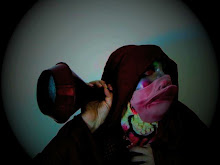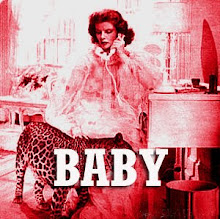Audio By Visual Artists, TELLUS 21
1.
2.
3.
4.
5.
6.
7.
8.
9.
10.
11.
12.
13.
14.
15.
16.
17.
18.
19.
20.
21.
22.
23.
24.
25.
26.
27.
28.
29.
30.
This issue of TELLUS explores audio work produced by visual artists from the Futurist Movement to the present. Luigi Russolo presented his theories on the use of noise in a musical context in 1913 with the "Art of Noise". Russolo destroyed the barrier which separated the works of precise harmonic sounds from that of indeterminate noise. With this manifesto, he proclaimed: "Ancient life was all silence. In the 19th century, with the invention of machines, Noise was born." His Futurist Orchestra of "families of noises" argued that the voice and sounds such as rumbles, explosions, whistles, snorts, screams, laughs and machines were to be regarded as musical instruments. With this in mind, I have touched on subsequent movements or events, defined by artists: Dada, Letterism, Art Brut, Fluxus, Conceptual Art and artists working with media appropriation that have been instrumental to audio and its history The two faces of this tape document different approaches to audio recording - sound and phonetic poetry, music concrete, storytelling, electronics, artists' bands and the sequential repetition of a sound, noise or word(s). With eighty-eight years of audio history passing through sixty minutes of time, TELLUS #21 accounts for less than one second of work produced by artists in this century.
-Claudia Gould
Engineered by Brenda Hutchinson at Studio PASS. NYC, 1988. Editors: Claudia Gould, Joseph Nechvatal, Carol Parkinson. Assistant Editor: Debbie McBride. Assistant: Charles S. Russell. Editor for this issue: Claudia Gould.















